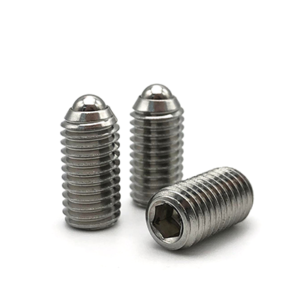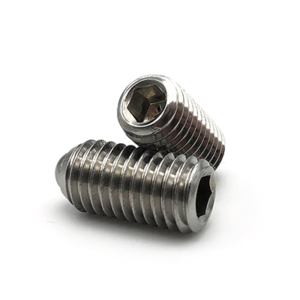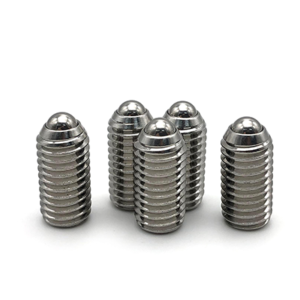Ball detent screws are specialized fasteners commonly used in applications requiring secure locking and easy release, making them ideal for adjustable components in machinery, fixtures, and equipment. These screws are widely utilized in industries such as automotive, аэрокосмическая, робототехника, and manufacturing, where quick adjustments or repositioning of parts are essential. The ball detent mechanism allows for a reliable locking action, preventing unintended loosening while enabling convenient disassembly when needed. This makes them particularly useful in applications like tool holders, assembly jigs, and movable fixtures.
The primary advantages of ball detent screws include their ability to provide a secure hold while allowing for quick and easy adjustments. The integrated ball-bearing mechanism engages with a matching recess, ensuring that the screw stays locked in place under vibration or movement. This feature enhances reliability and performance in dynamic environments. Additionally, ball detent screws are designed to be compact, allowing them to fit into tighter spaces without sacrificing functionality. Their ease of use minimizes downtime during adjustments, improving overall productivity in manufacturing and assembly processes.
The manufacturing process for ball detent screws begins with selecting suitable materials, typically stainless steel or carbon steel, based on the required strength and corrosion resistance. The screw body is formed using a cold-heading process, which shapes the screw while maintaining its mechanical properties. A precise hole is drilled or formed in the head of the screw to accommodate the ball detent mechanism. Afterward, the ball is inserted and retained within the head, often secured with a spring or retaining ring to ensure it remains functional. The threads are cut or rolled to precise specifications to ensure compatibility with mating parts. Surface treatments, such as plating or coating, are then applied for enhanced corrosion resistance and durability.



















